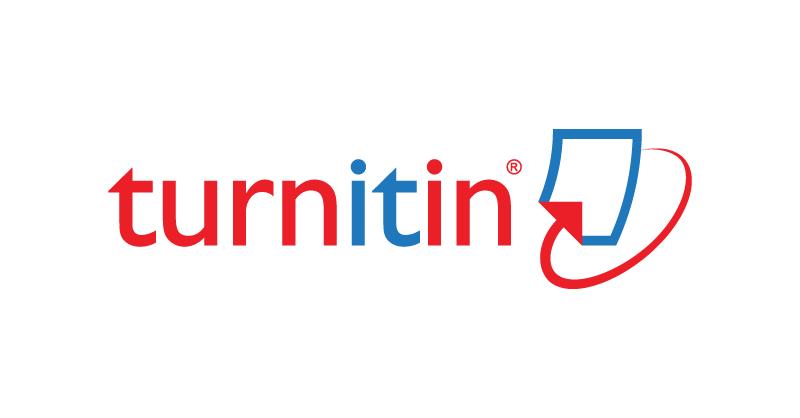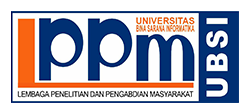PENERAPAN PP. 46 TAHUN 2013 DALAM LAPORAN REKONSILIASI FISKAL SEBAGAI DASAR UNTUK MENGHITUNG PPh BADAN PASAL 29 TERUTANG
Abstract
Financial statements prepared by management consists of two types of commercial financial statements for the benefit of internal and external financial reports in addition to taxes and fiscal intended for tax purposes. The preparation of financial statements for the two are often found differences in both permanent differences and temporary differences, therefore it needs to be reconciliation fiscal. Object of research that the authors take is the commercial and financial statements of fiscal year 2013 financial statements of PT Sarana Papanseluncur Indonesia (Epic Wakestore). Reconciliation of fiscal done using PP 46/2013 so it can be calculated corporate income tax owed article 29. Research methods using qualitative descriptive analysis. Based on the results of the discussion, then there is the difference in net income after tax of Rp 159,981,534 fiscal correction related to PP 46/2013. The presence of PP 46/2013 are very positive effect on the company because the company will earn a higher income with very low tax. Before the entry into force of Regulation 46/2013, the amount of net income for the fiscal ie January to June 2013 amounting to Rp 159,981,535, whereas after the entry into force of Regulation 46/2013 fiscal net income for July to December 2013 amounted to Rp 1 due in connection with the PP 46 in 2013, PT Sarana Papanseluncur Indonesia (Epic Wakestore) make a positive correction to the costs incurred in connection with activities in the gross income gain from July to December 2013 So the costs are only recognized by the fiscal costs incurred during January to June 2013 In tax year 2013, PT Sarana Papanseluncur Indonesia has a tax liability of Article 29 of Rp 12,191,353.
Keywords : Article 29 of the Corporate Tax Payable, Fiscal Reconciliation report, PP 46/2013
Full Text:
PDFReferences
Gunadi. Edisi 2013. Panduan Komperhensif Pajak Penghasilan. Jakarta: Bee Media Indonesia.
Hery. 2013. Teori Akuntansi Suatu Pengantar. Jakarta: Lembaga Penerbit Fakultas Ekonomi Universitas Indonesia.
Kasmir. 2008. Bank dan Lembaga Keuangan Lainnya. Edisi Revisi 2008. Jakarta: PT. RAJAGRAFINDO PERSADA.
Resmi, Siti. 2009. Perpajakan: Teori dan Kasus, Edisi 5. Jakarta: Salemba Empat.
Setiawan, Agus dan Musri. 2006. Perpajakan Umum. Edisi Revisi, Cetakan Kedua. Jakarta: PT Raja Grafindo Persada.
Subiyatko. 2013. Pajak Penghasilan Badan. Brevet AB e-SPT. Jakarta: PPA FE UI
Sumarsan, Thomas. 2013. Perpajakan Indonesia: Edisi 3, Pedoman Perpajakan yang lengkap Berdasarkan Undang-undang Terbaru. Jakarta: PT Indeks.
Waluyo. 2008. Akuntansi Pajak. Jakarta: Salemba Empat.
Zain, Mohammad. 2008. Manajemen Perpajakan. Jakarta: Salemba Empat.
Wahyudi, Dudi. 2014. Tarif Efektif PPh Badan. Diambil dari: http://www.bppk.depkeu.go.id/webpajak/index.php/artikel/opini-kita-pph/1217-tarif-efektif-pph-badan. Diakses pada tanggal: (2014/15/09)
www.pajak.go.id/content/seri-pph-pajakpenghasilan-pasal-22/kenali-para-pemotong-dan-para-pemungut-pajak-di Indonesia. Diakses tanggal:(2014/15/10)
DOI: https://doi.org/10.31294/moneter.v1i2.946
Index by:
dipublikasikan oleh LPPM Universitas Bina Sarana Informatika dengan dukungan Relawan Jurnal Indonesia
Jl. Kramat Raya No.98, Kwitang, Kec. Senen, Kota Jakarta Pusat, DKI Jakarta 10450

This work is licensed under a Creative Commons Attribution-ShareAlike 4.0 International License






